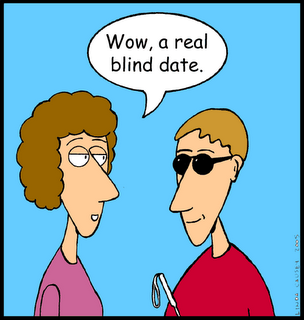Sure WordPress tag features are used to display or return date and time info; the_date() and the_time() are examples of this. Microseconds (added in PHP 5.2.2). Note that date() will at all times generate 000000 because it takes an integer parameter, whereas DateTime::format() does assist microseconds if DateTime was created with microseconds. All of the Matplotlib date converters, tickers and formatters are timezone aware.
Datetime values with omitted parts which are formatted with both the $N8601B format or the $N8601BA format are formatted in the prolonged notation utilizing the hyphen for omitted elements to ensure correct data. Matplotlib represents dates utilizing floating level numbers specifying the number of days since 0001-01-01 UTC, plus 1. For example, 0001-01-01, 06:00 is 1.25, not 0.25. Values < 1,="" i.e.="" dates="" earlier="" than="" 0001-01-01="" utc="" aren't="">
Number of days (fraction part represents hours, minutes, seconds) since 0001-01-01 00:00:00 UTC, plus one. The default format is the one to use if not one of the values in self.scaled are larger than the unit returned by locator._get_unit(). Your rating report will likely be emailed to you, should you requested this selection while you registered, and will be out there in your account beginning at 10:00 p.m. Central time on the score report date for your examination date.
Dates are returned in timezone tz. Nonetheless, DAX functions use a datetime data sort, and can take values from a column as an argument. Returns a table with a single column named Date†that comprises a contiguous set of dates. First, the day is set to 1 (the first of the month), then 25 hours are added, to get to the 2nd day and 14th hour, lastly the weekday is applied, however because the 2nd is already a Monday there isn’t any effect.
Please notice each College’s exam dates differ and exams do not run day-after-day of the evaluation interval. Some degrees embody topics from a mixture of universities, so your timetable could run throughout different examine phrases and embody a number of key dates. Returns the numeric value akin to the current time – the number of milliseconds elapsed since January 1, 1970 00:00:00 UTC, with leap seconds ignored.

